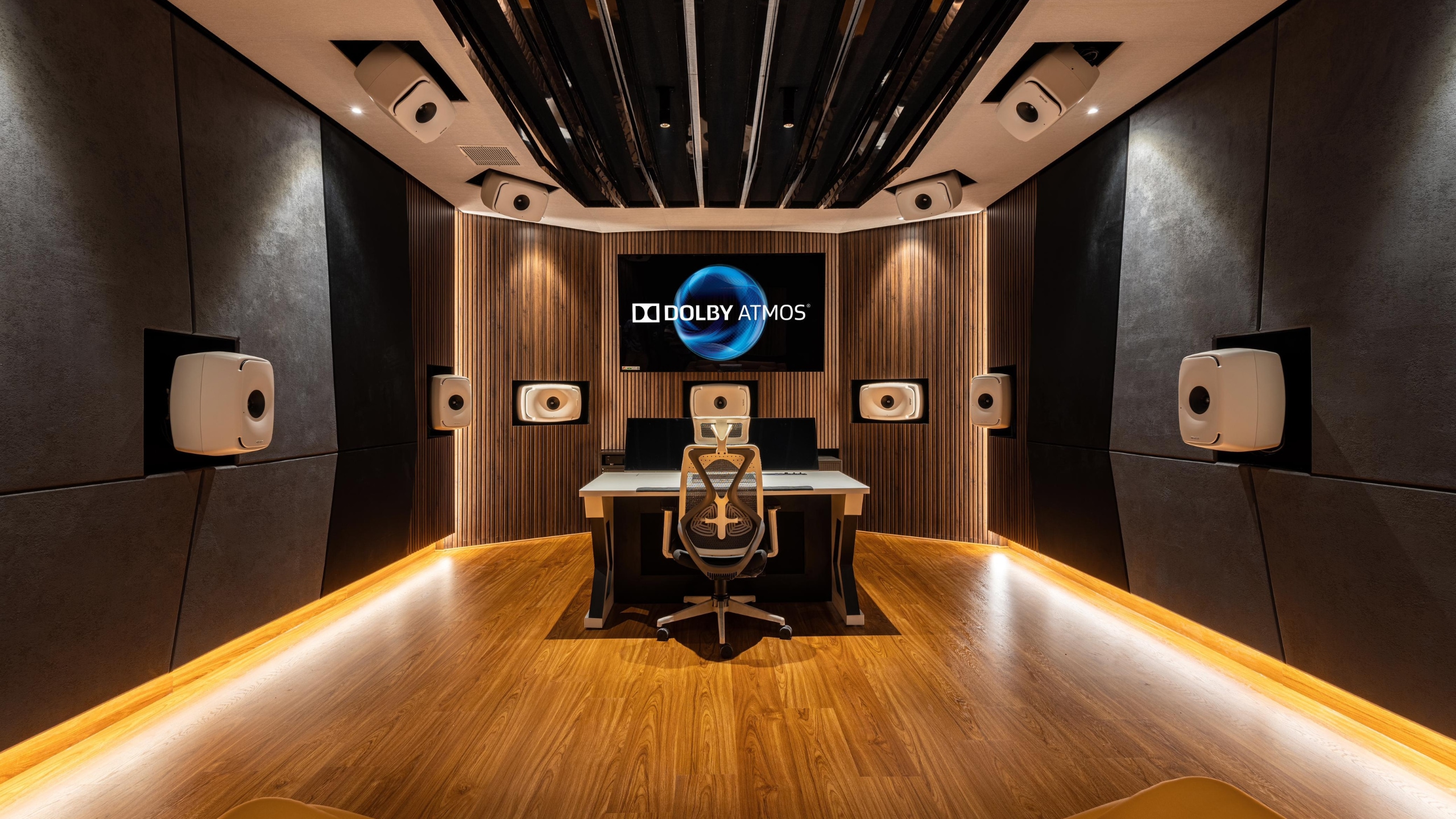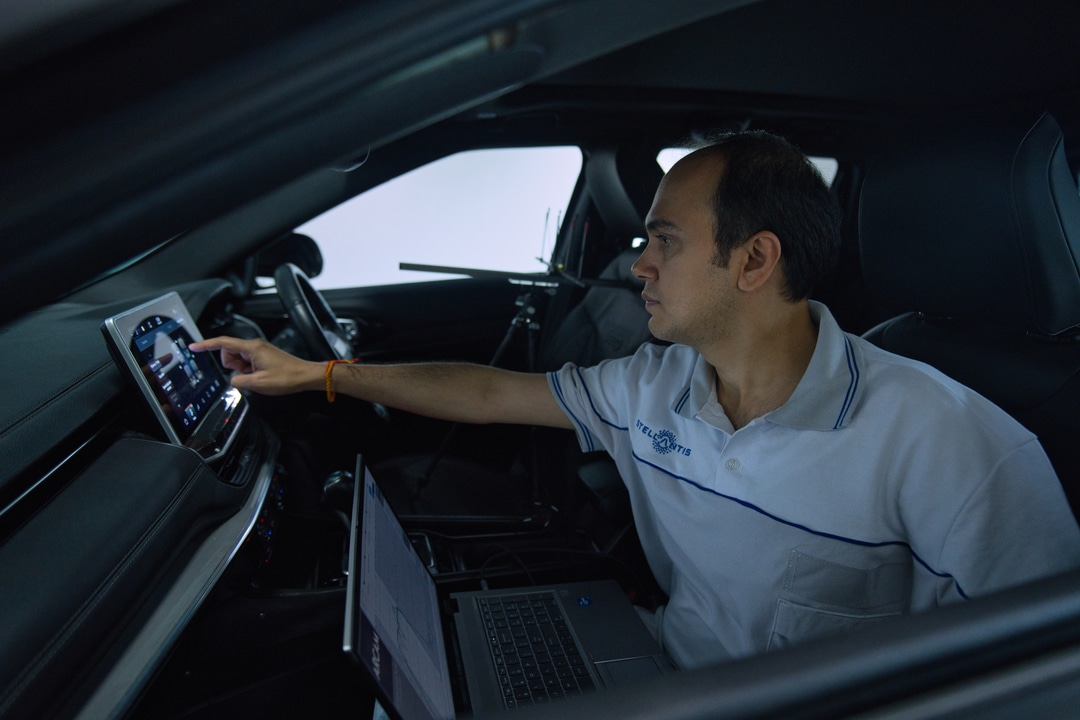The Bengaluru tech centre, set up in 2022, was one such investment. Three years later, it has become one of Stellantis’ youngest but most strategically relevant hubs, quietly working its way into the engineering hierarchy of the group.
A corporate bet on India’s engineering depth
The tech centre now employs more than 1,000 engineers, with an average age of 34 and average experience of 10.6 years. Diversity stands at 28 per cent, and internal charts indicate that Bengaluru houses the fourth-highest number of traditional engineers across Stellantis globally. On the software side, it leads the group.
Unlike typical offshore centres that specialise in narrow verticals, Bengaluru was structured differently. Stellantis mandated full-stack capability, from concept-stage software and electronics design to integration, validation, toolchain development and global product support. The goal was simple: create a centre that could be handed a global brief and return with a production-ready subsystem.
The centre also stands out demographically. It is the youngest in the Stellantis network, both in age profile and organisational tenure, yet it is already embedded in upstream product discussions.
(Also read: Inside Stellantis’ plant: How India became a key powertrain base for the group)
Technical core: How Bengaluru builds for a software-defined future
Behind the corporate structure is a tightly integrated engineering environment built around simulation, rapid prototyping and concurrent development. Stellantis’ global approach, where hardware and software mature side-by-side, finds clear expression here. Rather than following the traditional sequential ladder where hardware leads and software catches up, the Bengaluru centre develops both layers in tandem, allowing teams to validate architectures earlier and compress development timelines.
A significant shift comes from the way virtual development has been scaled. For several global programmes, nearly half the virtual engineering, digital twins, HIL simulations, test benches and subsystem modelling, is executed in India. This means control systems, cluster behaviour, cockpit responses, ADAS logic and domain controller interactions are extensively validated locally before the first prototype reaches a physical test track overseas. The models are robust enough to support variant-level tuning even for cars not sold in India.
The hardware-software integration depth is visible in the engineering bays, where ECU stacks, processors, gateways, infotainment systems and power electronics rigs replicate entire vehicles electronically. Since many Stellantis models being worked on – Peugeot, Opel and others, are not present in India, teams rely on layered simulations combined with full electronics replicas to ensure system-level integrity. Once validated, software packages are dispatched to global teams for final physical runs and then looped back into the digital pipeline if refinement is needed.

The centre has also emerged as a proving ground for Stellantis’ high-velocity OTA capability. A demonstration during the visit showcased how a simple RPM-warning feature could be designed, validated and deployed to a vehicle in seconds. The same framework supports a wide suite of non-safety functions, geofencing alerts, profile-based notifications, emergency vehicle warnings, cockpit UI re-layouts and cloud-triggered enhancements. Anything that touches safety still undergoes a full certification cycle, but the broader idea mirrors smartphone update agility: keep the car fresh without changing hardware.
Complementing the software layers is a complete electronics lifecycle under the same roof. Teams design PCBs, integrate modules, develop sensor logic, model diagnostic pathways and test communication networks across CAN, LIN and other automotive protocols. This helps the centre build features with a practical understanding of thermal envelopes, processing budgets, latency constraints and bandwidth limits, crucial for next-generation Stellantis architectures like STLA Brain and STLA SmartCockpit.
Automation and AI-driven processes are steadily expanding, reducing defect density and speeding up releases. Regression cycles, generative diagnostics and predictive load analysis have enabled faster, cleaner builds. Internal metrics point to a 60 per cent reduction in defects and nearly double the speed in areas where automated frameworks have been introduced. The centre also runs internal “garage builds,” quick sprint-style innovation sessions where cross-functional teams prototype new features or tools that often feed into mainstream development.
AI, automation and a shift to predictive engineering
A significant portion of testing has begun moving to AI-assisted workflows. Automated regression cycles, generative diagnostics and predictive load analysis are being used to reduce defect density and accelerate releases. Stellantis’ internal numbers indicate a 60 per cent reduction in defects and double the speed when automation frameworks are used.
The tech centre also runs “garage builds”: internal sprint sessions where cross-functional teams prototype new features, integrations or test tools that may eventually migrate into mainstream development.
Centre’s role in the global scheme of things
Where Bengaluru truly shifts the corporate narrative is in its emerging role within Stellantis’ global engineering map. What began as a capability centre is now positioned as a core development node for software-defined platforms, digital cockpit technologies and electronics-heavy subsystems.
In several ongoing global programmes, India owns primary responsibility for early-phase architecture modelling, subsystem behaviour mapping and toolchain definition. This means that foundational decisions, processor loads, memory allocation, network topologies, diagnostic pathways, are increasingly being shaped in Bengaluru before being handed off to centres in Europe or North America for physical integration.
The centre also acts as a throughput engine for Stellantis’ multi-brand strategy. With 14 brands sharing modular architectures, the ability to validate variant behaviour digitally becomes critical. Bengaluru’s virtual engineering scale allows Stellantis to run multi-market calibrations, cockpit customisation testing, regional UX tweaks, ADAS scenario modelling and energy-management optimisation from a single node, dramatically improving consistency across brands.

A second layer of global relevance comes from workflow alignment. Because India operates in overlapping time zones with Europe and supports extended development hours, the centre functions as a bridge that keeps global programmes moving continuously. Architecture reviews, bug triage, OTA validation and subsystem convergence cycles now run as 24-hour workflows anchored partially out of Bengaluru.
And as Stellantis restructures engineering operations worldwide, consolidating technology functions into fewer, more capable hubs, the Bengaluru centre is steadily moving from a support function to a structural pillar. It now directly contributes to the architecture, electronics and digital layers of upcoming Stellantis vehicles built on platforms like STLA Medium, STLA Large and the group’s next-gen electric derivatives.
In essence, the centre no longer feeds into the global ecosystem, it shapes it.
A corporate strategy that runs through Bengaluru
This evolution ties into Stellantis’ broader strategy of concentrating high-value engineering within a small set of global nodes. While its powertrain hub in Hosur anchors the industrial footprint, Bengaluru is emerging as the digital, electronics and software heart of the group.
The rise of software-defined architectures, multi-energy propulsion, connected ecosystems and cloud-driven diagnostics requires engineering centres that can work horizontally across vehicle lines and regions. India, with its scale of talent and the ability to run continuous global workflows, gives Stellantis both flexibility and speed.
What was once an auxiliary operation has now become an enabler of the group’s shift towards consolidated, software-first vehicle programmes.
A young centre with a long corporate arc ahead
The Bengaluru tech centre may be the youngest in the Stellantis network, but the pace at which it has been absorbed into global programmes signals its long-term significance. As product cycles shrink and the boundary between hardware and software fades, the centre is expected to assume even greater responsibility across platforms.
In the corporate map of Stellantis, spanning Europe, North America, South America and emerging markets, India now plays a very different role. It is not just a support base; it is a capability centre that sits inside the organisation’s strategic core. And as the next wave of vehicles becomes more software-driven than mechanical, that role will only grow.
Get insights into Upcoming Cars In India, Electric Vehicles, Upcoming Bikes in India and cutting-edge technology transforming the automotive landscape.
First Published Date: 21 Nov 2025, 16:57 pm IST







